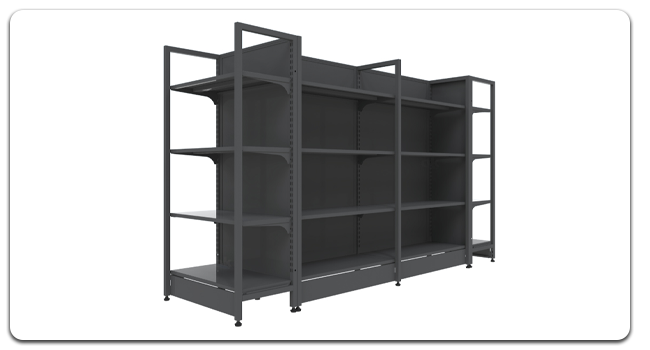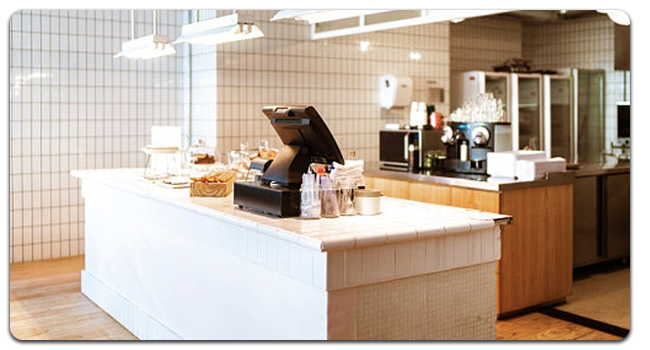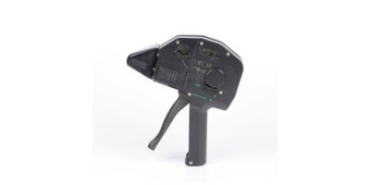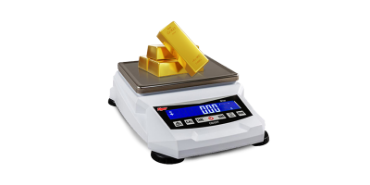Retail Shop fitting
 |  |  |
การตกแต่งร้านค้าปลีก: เสกสรรพื้นที่ขายให้โดนใจลูกค้า |
การตกแต่งร้านค้าปลีก (Retail Shopfitting) คือ ศาสตร์และศิลป์ในการสร้างสรรค์พื้นที่ขายสินค้าที่น่าดึงดูดใจและใช้งานได้จริง โดยเน้นการออกแบบเชิงกลยุทธ์เพื่อยกระดับประสบการณ์ของลูกค้า นำเสนอสินค้าอย่างมีประสิทธิภาพ และกระตุ้นยอดขาย
องค์ประกอบสำคัญของการตกแต่งร้านค้าปลีก
 | |||
| เข้าใจแบรนด์และลูกค้า | |||
เอกลักษณ์แบรนด์: การออกแบบร้านควรสะท้อนบุคลิก คุณค่า และกลุ่มเป้าหมายของแบรนด์ เช่น แบรนด์หรูอาจใช้วัสดุหรูหรา แสงไฟแบบมีระดับ ขณะที่ร้านขายของเล่นเด็กอาจใช้สีสันสดใส และการจัดวางแบบสนุกสนาน ประสบการณ์ลูกค้า: พิจารณาว่าลูกค้าจะเดินชม สัมผัสสินค้า และตัดสินใจซื้ออย่างไร การจัดวาง แสงสว่าง และบรรยากาศโดยรวมควรส่งเสริมการเลือกชม การมีส่วนร่วม และนำไปสู่การซื้อในที่สุด | |||
 | |||
| สร้างสรรค์ผังร้านค้าที่มีประสิทธิภาพ | |||
การวางแผนพื้นที่: ใช้พื้นที่ร้านค้าให้เกิดประโยชน์สูงสุด โดยจัดวางเส้นทางเดิน ตำแหน่งสินค้า และพื้นที่ทำงานของพนักงานอย่างเหมาะสม เช่น สร้างเส้นทางเดินที่ชัดเจน นำเสนอสินค้าและโปรโมชั่นสำคัญตลอดเส้นทาง การจัดแสดงสินค้า: การจัดแสดงสินค้าอย่างมีประสิทธิภาพเป็นสิ่งสำคัญ ใช้ชั้นวาง ราวแขวน หุ่นโชว์ และตู้โชว์ เพื่อนำเสนอสินค้าในรูปแบบที่น่าสนใจ และเข้าถึงง่าย การจัดแสดงสินค้าแบบ Visual Merchandising: ใช้เทคนิค Visual Merchandising เพื่อสร้างจุดเด่น ดึงดูดสายตา เช่น การใช้สี แสง องค์ประกอบตกแต่ง และป้ายสื่อสาร | |||
 | |||
| เลือกใช้อุปกรณ์และเฟอร์นิเจอร์ที่เหมาะสม | |||
ระบบชั้นวางสินค้า: เลือกใช้ระบบชั้นวางที่เหมาะสมกับสินค้า และสไตล์ของแบรนด์ เช่น ชั้นวางแบบกอนโดลา ชั้นติดผนัง ระบบ Slatwall และชั้นวางที่ออกแบบเฉพาะ เคาน์เตอร์และจุดแสดงสินค้า: เคาน์เตอร์คิดเงินควรใช้งานได้จริง และสะท้อนภาพลักษณ์ของแบรนด์ อาจเพิ่มจุดแสดงสินค้าแบบอินเตอร์แอคทีฟ หรือพื้นที่สาธิตสินค้า แสงสว่าง: แสงสว่างมีบทบาทสำคัญในการสร้างบรรยากาศ และเน้นสินค้า ใช้แสงไฟหลัก แสงไฟเน้น และแสงไฟเฉพาะจุด เพื่อสร้างบรรยากาศที่ต้องการ | |||
 | |||
| ผสานเทคโนโลยี | |||
ระบบขายหน้าร้าน (POS): ระบบ POS ช่วยให้การคิดเงิน การจัดการสต็อก และการเก็บข้อมูลลูกค้าเป็นไปอย่างมีประสิทธิภาพ ป้ายดิจิทัล: ใช้จอแสดงผลแบบดิจิทัลเพื่อนำเสนอโปรโมชั่น ข้อมูลสินค้า และสร้างประสบการณ์แบบอินเตอร์แอคทีฟ ระบบรักษาความปลอดภัย: ติดตั้งระบบรักษาความปลอดภัยเพื่อป้องกันการสูญหาย และสร้างความปลอดภัย | |||
 | |||
| อัพเดทเทรนด์ | |||
ความยั่งยืน: เลือกใช้วัสดุ ramah lingkungan และแสงสว่างประหยัดพลังงาน ประสบการณ์แบบ Experiential Retail: สร้างประสบการณ์ที่น่าจดจำ และดึงดูดลูกค้าให้อยู่ในร้านนานขึ้น มินิมอลลิสม์: เน้นความเรียบง่าย พื้นที่โล่ง และการนำเสนอสินค้า | |||
การใส่ใจในองค์ประกอบต่างๆ ของการตกแต่งร้านค้าปลีก จะช่วยสร้างสรรค์พื้นที่ขายสินค้าที่ดึงดูดลูกค้า มอบประสบการณ์ที่ดี และเพิ่มยอดขายให้ธุรกิจของคุณ




























































